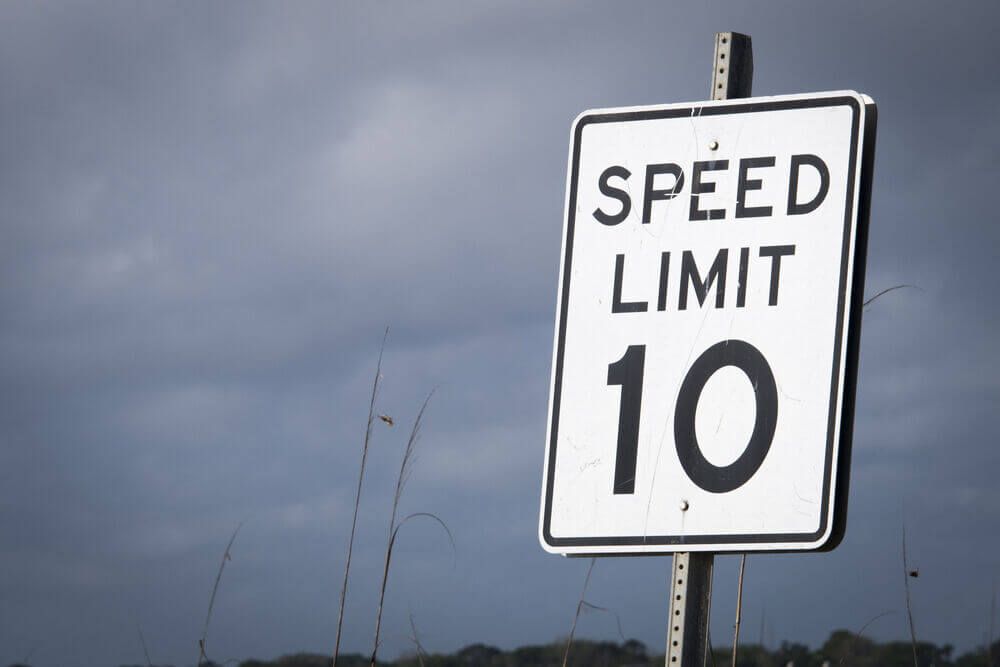CAPE MAY – Many of Cape May’s streets predate the era dominated by the automobile.
“They were built for the horse and buggy, and we still have those too,” said Mayor Zack Mullock. Narrow streets with curves rather than straight lines are common, especially in the popular historic areas of town.
The list of those who compete for space on the city streets is surprisingly long. It includes cars, delivery trucks, bicycles, pedestrians, motorized bikes, golf carts, and even the occasional horse-drawn carriage. With the city’s notorious parking problems, residents and visitors have been encouraged to walk the city or turn to the bicycle, making them more vulnerable if struck by a fast-moving vehicle.
One of the stated reasons for lowering the speed limit is safety. Lower speed limits greatly increase the likelihood that pedestrians could survive a collision with a motor vehicle. A newly introduced ordinance contains a chart from the National Traffic Safety Board (NTSB) depicting a fatality rate of 45% when a pedestrian is hit at 30 mph and a drop in that fatality rate to 5% when the vehicle is traveling at 20 mph.
The original intent of the city council when it first drafted the ordinance had been a general reduction of the speed limit to 20 miles per hour across all city-controlled streets. The amended ordinance, finally introduced at the council meeting Sept. 6, goes further. It designated 13 city streets where the speed limit would be reduced to 15 mph, and it maintains a 10 mph limit on Yacht Avenue.
The 15 mph limit would be imposed on the full length of Hughes, Corgie, Lyle, Carpenter, Golf, Claghorne, Page, Cake, Dale and Schellenger. It would also be imposed on portions of Jackson, Queen and Perry streets. The default elsewhere would drop from 25 to 20 mph.
Several major streets in the city are under county control and the city has requested that the county lower the speed limit on those streets. County roads include Lafayette, Beach, Madison, Pittsburgh and Broadway. The boroughs of West Cape May and Cape May Point have joined in the call.
Deputy Mayor Stacy Sheehan argued against the introduction of the ordinance. She said the “common sense” solution to the problem is “more enforcement of what we have.” Sheehan never fully incorporated the NTSB data into her argument. Instead, her focus was on drivers who exceed the posted speed limits rather than on the structural issues of the city’s streets, the volume and variety of those using those streets and the safety data associated with lower speeds. Agreeing that many city streets should not have vehicles at 25 mph, Sheehan argued that the contours of the streets would not permit such speeds anyway.
Sheehan expressed a desire for a formal traffic study to show the value of the proposed changes. She also spoke of “sign pollution” caused by speed signs that would have to be posted due to the charges from the state default speed limit of 25 miles per hour in areas with no signs.
The ordinance was introduced by a 4 to 1 vote with Sheehan as the only council member not voting in the affirmative. The ordinance will come up for a required public hearing and possible vote to adopt at the council meeting Oct. 4.
How do you feel about the lower speed limits? Submit a Spout Off, write a letter to the editor or email vconti@cmcherald.com with your thoughts.
Cape May – The number one reason I didn’t vote for Donald Trump was January 6th and I found it incredibly sad that so many Americans turned their back on what happened that day when voting. I respect that the…








